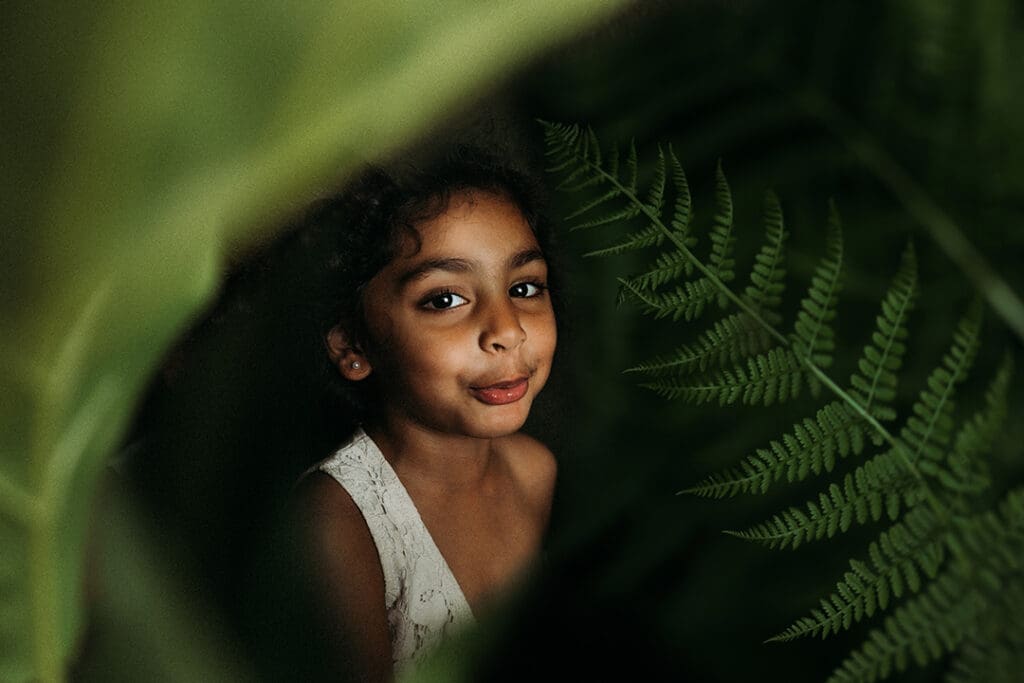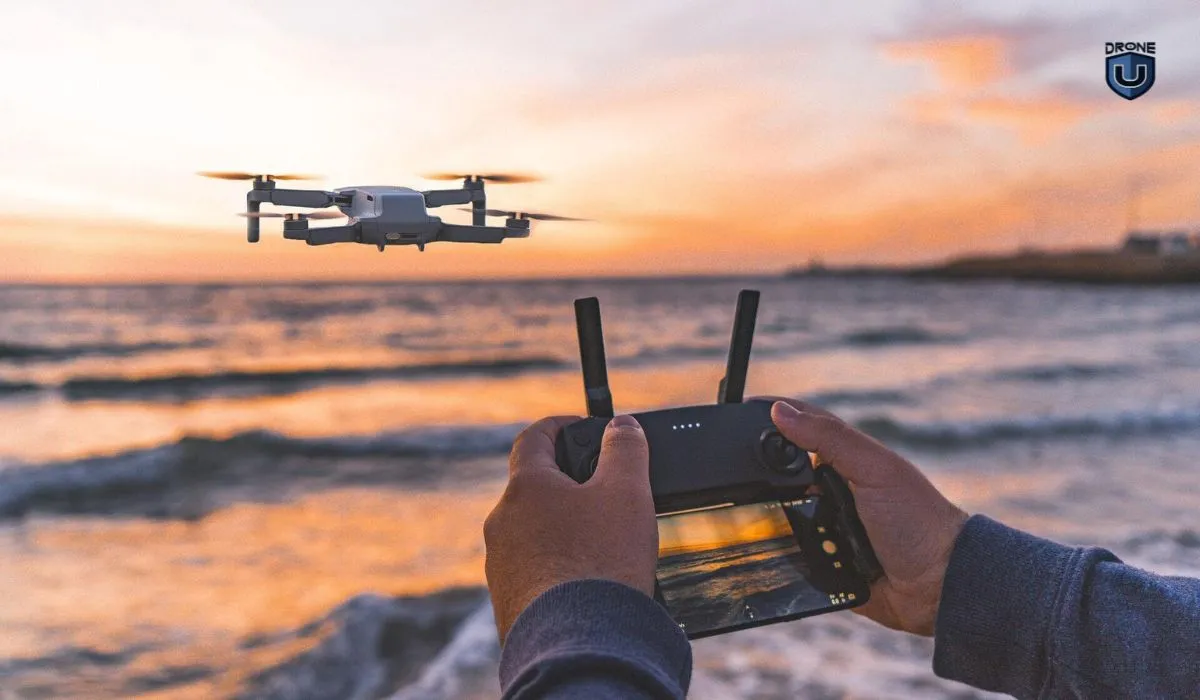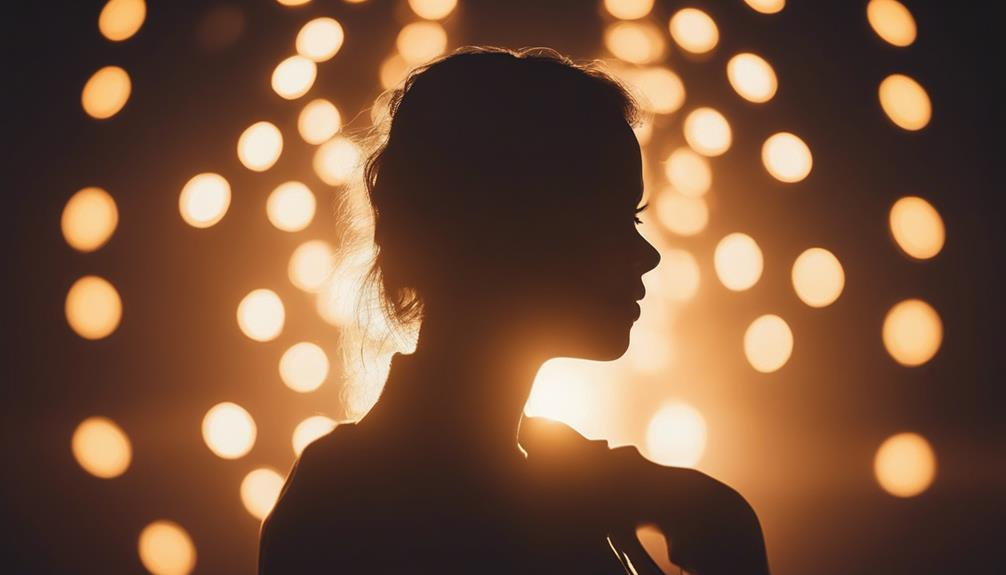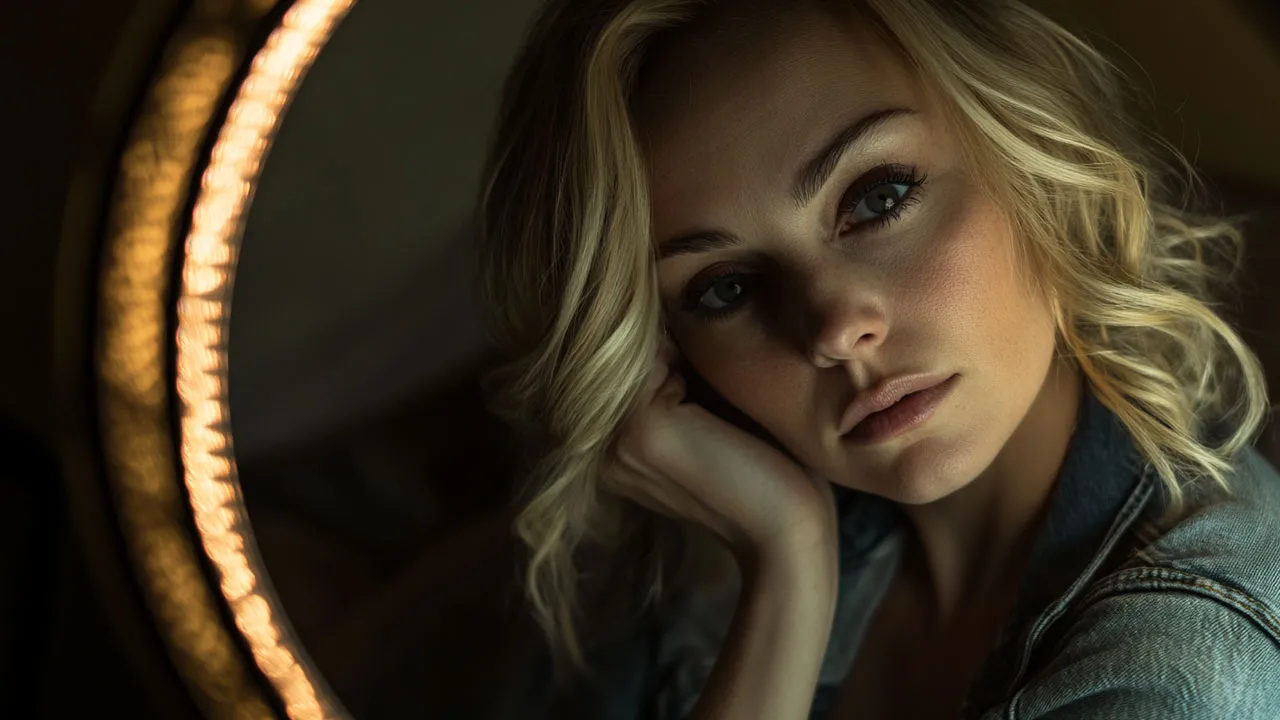scrapfellow.com – Portrait photography is more than just capturing a subject’s appearance; it’s about capturing the essence of who they are. One of the most crucial aspects of achieving this is through facial expression. A person’s expression can convey a wide range of emotions, personality traits, and even tell a story. Understanding the role of expression in portrait photography allows photographers to create images that are not only visually appealing but also deeply engaging and authentic.
Why Expression Matters
In portrait photography, facial expressions are often the most powerful element of the image. They are the windows to the subject’s emotions and can communicate things that words cannot. Whether it’s a smile, a pensive gaze, or an intense stare, the expression reveals something unique about the subject—something that enhances the connection between the viewer and the photograph.
A strong, authentic expression can make a portrait feel alive. It has the power to engage the viewer on an emotional level, making the photograph more impactful and memorable. A portrait is not just a reflection of someone’s face, but a glimpse into their inner world.
Types of Expressions and Their Impact
-
The Smile
Perhaps the most common and instantly recognizable expression, a smile can communicate warmth, happiness, and friendliness. It helps portray a sense of approachability and positivity, making it ideal for headshots or family portraits. However, even a smile can vary. A genuine, “Duchenne” smile (involving both the mouth and eyes) conveys true joy, while a slight, more reserved smile might reflect subtlety and mystery. -
The Serious or Intense Expression
Serious expressions often evoke a sense of power, confidence, or contemplation. This type of expression can transform a portrait into something more dramatic, adding depth and a sense of purpose. Intense expressions are frequently used in fashion photography, corporate headshots, or artistic portraits to convey strength or authority. -
The Thoughtful or Pensive Expression
A subject lost in thought, with a distant or contemplative look, can create a sense of introspection. These types of expressions invite the viewer to imagine what the subject is thinking and add a level of intrigue to the image. Such expressions can be perfect for fine art portraits or personal storytelling images. -
Joy and Laughter
Laughter, especially candid moments of joy, adds energy and authenticity to portraits. It helps break away from the overly posed, stiff nature that can sometimes affect traditional portraiture. Capturing genuine laughter can evoke a warm, welcoming vibe and make the viewer feel as though they are part of the moment. -
Vulnerability and Subtlety
Sometimes, less is more. A subtle expression, such as a soft gaze or a quiet smile, can reveal vulnerability, introspection, or even melancholy. This kind of expression works well in portraits that are meant to convey depth and complexity in a subject’s emotional state.
How to Elicit the Right Expression
Getting the right expression from a subject can be challenging, but it’s essential for creating a captivating portrait. Here are some strategies that photographers can use to bring out the best in their subjects:
-
Building Rapport: Before asking someone to pose, it’s essential to make them feel comfortable. Engaging in light conversation, cracking jokes, or playing music can ease any tension, making the subject feel more natural and relaxed. A comfortable subject is more likely to express genuine emotion.
-
Guiding, Not Directing: While it’s helpful to give gentle guidance on how to position the body or tilt the head, being too directive with expressions can create a stiff, artificial look. Instead, give the subject the freedom to experiment with different expressions while offering encouragement and positive feedback.
-
Encouraging Emotions: A great way to capture authentic expressions is to help the subject tap into their emotions. A photographer might ask a subject to think of a personal memory or imagine a scenario that evokes a particular feeling, such as happiness, nostalgia, or excitement.
-
Capturing the Moment: Sometimes, the best expressions happen spontaneously. The photographer must be ready to capture these fleeting moments, especially when they come naturally during conversation, laughter, or quiet reflection.
Expression in Portrait Photography Styles
The role of expression varies across different types of portrait photography:
-
Traditional Portraits: In classic portrait photography, expressions tend to be more neutral or reserved, focusing on highlighting the subject’s features in a dignified manner. The expression in these portraits might be more subtle but still carries emotional weight.
-
Candid Portraits: These are all about capturing raw, unposed moments. The expression is often unfiltered and more authentic, offering a true representation of the subject’s personality and state of mind.
-
Editorial Portraits: Often seen in fashion or magazine shoots, editorial portraits can showcase a wide range of expressions, from serious and dramatic to playful and energetic. The expression here works in tandem with the styling, makeup, and setting to tell a broader story.
-
Environmental Portraits: In these types of portraits, the expression is influenced by the environment or setting. A subject might be more relaxed in a familiar setting, or the contrast between a solemn expression and a vibrant background can create an interesting tension in the image.
Conclusion
The role of expression in portrait photography cannot be overstated. It is the key ingredient that elevates a simple photograph into something that resonates with the viewer. Whether it’s joy, contemplation, or mystery, facial expressions help convey the essence of the subject, making the portrait more than just a picture but a story. A great portrait doesn’t just show what a person looks like—it shows who they are and invites us to connect with them on a deeper emotional level.
By understanding the importance of expression and learning how to guide subjects to bring out the best in them, photographers can capture portraits that are not only technically perfect but also full of life and meaning.





